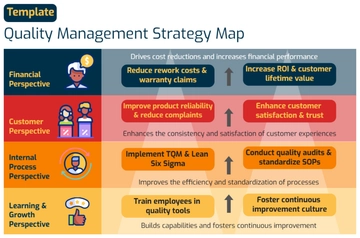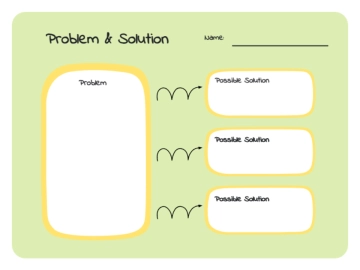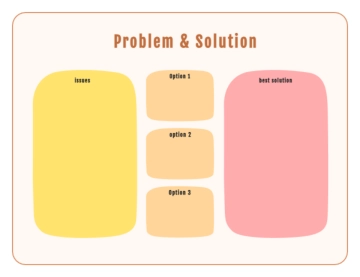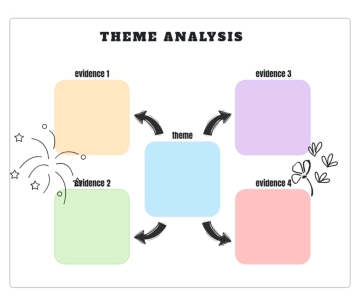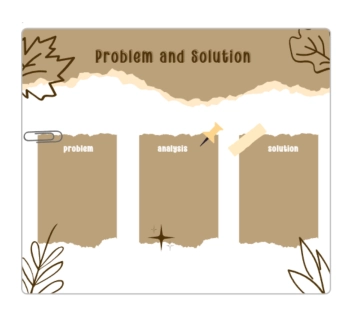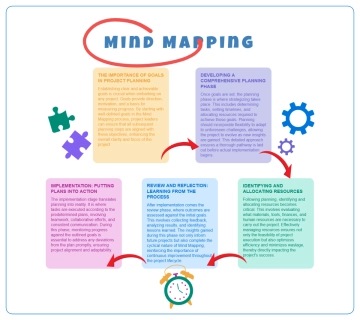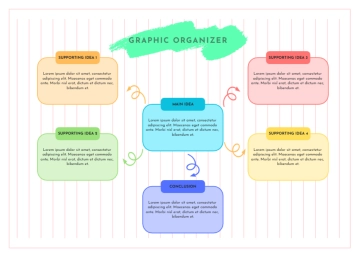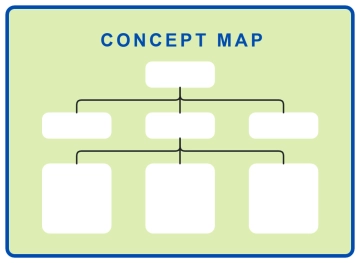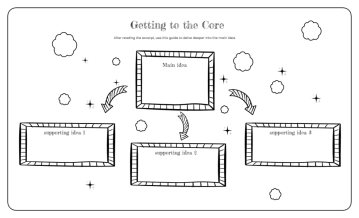Free Strategic Growth Plan
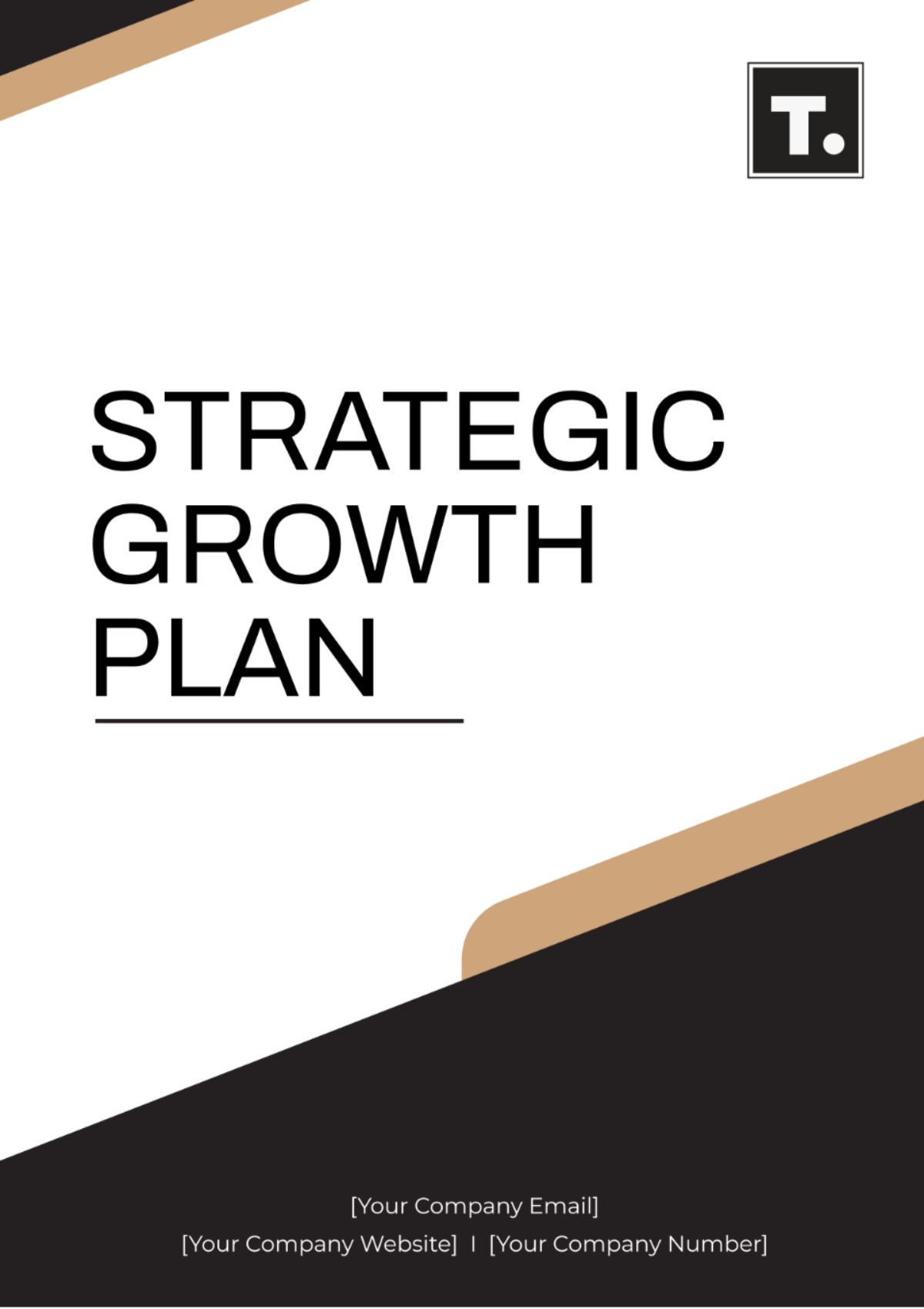
Prepared by [Your Name]
I. Executive Summary
Our strategic plan aims to enhance operational efficiency and drive sustainable growth at [Your Company Name]. It outlines the strategic actions that will be pursued over the next fiscal year to optimize our core operations and expand our market footprint.
II. Situational Analysis
A. Current Environment
Market Trends: Analyze current market trends, such as increasing demand for [your product/service], technological advancements, and regulatory changes.
Challenges: Identify challenges such as rising competition, economic uncertainty, and changing consumer preferences.
Opportunities: Highlight opportunities for growth, such as emerging markets, untapped customer segments, and strategic partnerships.
B. Company Position
Market Share: Evaluate our current market share compared to competitors and identify opportunities for growth.
Strengths: Identify key strengths such as our strong brand reputation, loyal customer base, and innovative products/services.
Areas for Improvement: Highlight areas where we can improve, such as operational efficiency, customer service, and product quality.
III. Goals and Objectives
Increase Operational Efficiency: Increase operational efficiency by [XX]% through streamlined processes and improved resource allocation.
Grow Market Share: Grow market share by [XX]% within the next [XX] years by expanding into new markets and attracting new customers.
Reduce Operational Costs: Reduce operational costs by [XX]% by implementing cost-effective solutions and optimizing resource utilization.
IV. Strategic Initiatives
A. Optimization of Operations
Process Reengineering: Identify and reengineer key processes to improve efficiency and reduce costs.
Technology Integration: Integrate new technologies to streamline operations and enhance productivity.
Quality Improvement: Implement quality management systems to ensure consistent product/service quality.
B. Market Expansion
Market Research: Conduct market research to identify new market opportunities and assess market demand.
Market Entry Strategy: Develop a market entry strategy, including market penetration, product/service positioning, and pricing strategy.
Marketing and Sales: Implement marketing and sales strategies to attract new customers and increase market share.
V. Implementation Timeline
Initiative | Start Date | End Date | Key Milestone |
|---|---|---|---|
Optimization of Operations | [Start Date] | [End Date] | Implement new technology solutions to streamline operations. |
Market Expansion | [Start Date] | [End Date] | Launch marketing campaigns and sales initiatives to attract new customers. |
VI. Monitoring and Evaluation
Performance Reviews: Conduct regular performance reviews against goals to track progress.
Stakeholder Feedback: Gather feedback from stakeholders to assess the impact of implemented initiatives.
Analytics and Reporting: Use analytics and reporting tools to track efficiency improvements and cost reductions.
VII. Risk Management
Risk Identification: Identify key risks associated with the strategic plan, such as market volatility, regulatory changes, and technological disruptions.
Mitigation Strategies: Develop mitigation strategies to address identified risks, such as diversifying market presence, implementing contingency plans, and maintaining a robust financial position.
VIII. Conclusion
In conclusion, our strategic growth plan outlines key initiatives aimed at enhancing operational efficiency and driving sustainable growth at [Your Company Name].
By implementing these strategic actions, we aim to achieve our goals of increasing market share, reducing operational costs, and improving overall performance.
We believe that with the support of our stakeholders and the dedication of our team, we can successfully execute this plan and achieve our long-term growth objectives.
- 100% Customizable, free editor
- Access 1 Million+ Templates, photo’s & graphics
- Download or share as a template
- Click and replace photos, graphics, text, backgrounds
- Resize, crop, AI write & more
- Access advanced editor
Drive your organization's growth with the Strategic Growth Plan Template from Template.net. This customizable, downloadable, and printable template provides a comprehensive framework for strategic growth planning. With editable features in our AI Editor Tool, tailor the plan to your organization's specific needs. Streamline your growth strategy and ensure success with this invaluable resource.
You may also like
- Finance Plan
- Construction Plan
- Sales Plan
- Development Plan
- Career Plan
- Budget Plan
- HR Plan
- Education Plan
- Transition Plan
- Work Plan
- Training Plan
- Communication Plan
- Operation Plan
- Health And Safety Plan
- Strategy Plan
- Professional Development Plan
- Advertising Plan
- Risk Management Plan
- Restaurant Plan
- School Plan
- Nursing Home Patient Care Plan
- Nursing Care Plan
- Plan Event
- Startup Plan
- Social Media Plan
- Staffing Plan
- Annual Plan
- Content Plan
- Payment Plan
- Implementation Plan
- Hotel Plan
- Workout Plan
- Accounting Plan
- Campaign Plan
- Essay Plan
- 30 60 90 Day Plan
- Research Plan
- Recruitment Plan
- 90 Day Plan
- Quarterly Plan
- Emergency Plan
- 5 Year Plan
- Gym Plan
- Personal Plan
- IT and Software Plan
- Treatment Plan
- Real Estate Plan
- Law Firm Plan
- Healthcare Plan
- Improvement Plan
- Media Plan
- 5 Year Business Plan
- Learning Plan
- Marketing Campaign Plan
- Travel Agency Plan
- Cleaning Services Plan
- Interior Design Plan
- Performance Plan
- PR Plan
- Birth Plan
- Life Plan
- SEO Plan
- Disaster Recovery Plan
- Continuity Plan
- Launch Plan
- Legal Plan
- Behavior Plan
- Performance Improvement Plan
- Salon Plan
- Security Plan
- Security Management Plan
- Employee Development Plan
- Quality Plan
- Service Improvement Plan
- Growth Plan
- Incident Response Plan
- Basketball Plan
- Emergency Action Plan
- Product Launch Plan
- Spa Plan
- Employee Training Plan
- Data Analysis Plan
- Employee Action Plan
- Territory Plan
- Audit Plan
- Classroom Plan
- Activity Plan
- Parenting Plan
- Care Plan
- Project Execution Plan
- Exercise Plan
- Internship Plan
- Software Development Plan
- Continuous Improvement Plan
- Leave Plan
- 90 Day Sales Plan
- Advertising Agency Plan
- Employee Transition Plan
- Smart Action Plan
- Workplace Safety Plan
- Behavior Change Plan
- Contingency Plan
- Continuity of Operations Plan
- Health Plan
- Quality Control Plan
- Self Plan
- Sports Development Plan
- Change Management Plan
- Ecommerce Plan
- Personal Financial Plan
- Process Improvement Plan
- 30-60-90 Day Sales Plan
- Crisis Management Plan
- Engagement Plan
- Execution Plan
- Pandemic Plan
- Quality Assurance Plan
- Service Continuity Plan
- Agile Project Plan
- Fundraising Plan
- Job Transition Plan
- Asset Maintenance Plan
- Maintenance Plan
- Software Test Plan
- Staff Training and Development Plan
- 3 Year Plan
- Brand Activation Plan
- Release Plan
- Resource Plan
- Risk Mitigation Plan
- Teacher Plan
- 30 60 90 Day Plan for New Manager
- Food Safety Plan
- Food Truck Plan
- Hiring Plan
- Quality Management Plan
- Wellness Plan
- Behavior Intervention Plan
- Bonus Plan
- Investment Plan
- Maternity Leave Plan
- Pandemic Response Plan
- Succession Planning
- Coaching Plan
- Configuration Management Plan
- Remote Work Plan
- Self Care Plan
- Teaching Plan
- 100-Day Plan
- HACCP Plan
- Student Plan
- Sustainability Plan
- 30 60 90 Day Plan for Interview
- Access Plan
- Site Specific Safety Plan
